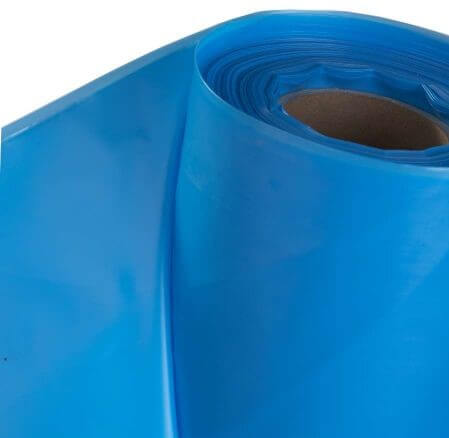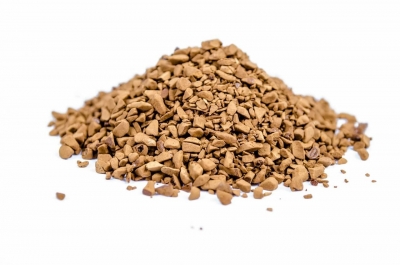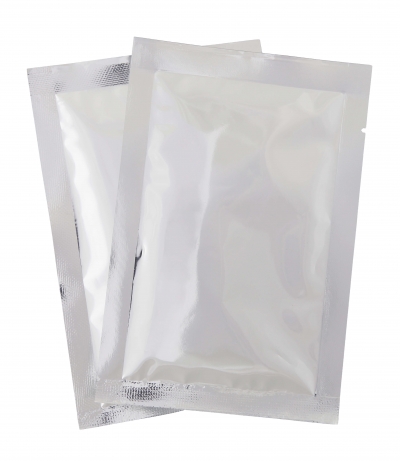CORROSION PROTECTION
There are basically two types of corrosion protection in packaging. The VCI method and the desiccant method. Both have their advantages and disadvantages and areas of application in which they achieve their full effectiveness. In order to make the right choice of method, it is very important to know and evaluate the mode of transportation, the destination country, the different climate zones in which the product with the packaging is located, as well as the product itself and its properties.
Corrosion is a chemical or electrochemical process that has a damaging and altering effect on the surface of metals and materials susceptible to corrosion. Whichever method you choose, LEVL’s corrosion protection offers optimum protection against this influence. The corrosion protection process attempts to counteract temperature differences, moisture penetration, the settling of water particles on the surface and all kinds of damaging effects during transportation or (long-term) storage.
A wide range of different products, which have an active or passive effect, support us in planning the right medium. A combination of corrosion protection and other properties, such as ESD or combined water vapor barriers with included VCI protection, is also possible.
DHE VCI method
(VCI – Volatile Corrosion Inhibitor)
This method actively protects different metals and materials from corrosion/oxidation. Simply explained, the molecular structure of the circulating air is changed in such a way that the moisture particles can no longer settle on the surface and therefore no corrosion or oxidation can occur. An evaporating substance made from a wide variety of materials, such as film, PU foam, paper, tablets, emitters and many more, is used as a filler to saturate the space around the product to be protected. Figuratively speaking, this is an invisible barrier against moisture, which, as already described, has no possibility of having a negative effect on the product.



The desiccant method:
With the desiccant method, a barrier is created between the goods to be packaged and the outside atmosphere by using a film that is partially impermeable to water vapor and water. A multi-layer film made of different plastics and a layer of rolled aluminum is used, which has these properties. Desiccants are used to absorb the residual moisture that remains in the packaging and could cause corrosion.
Desiccants, or as they are often referred to on the market, desiccant bags, are available in different gradations in terms of size and absorption capacity. Depending on the amount of circulating air remaining in the packaging, different desiccants are used in accordance with DIN standards. The most common basic material used for desiccants is alumina. However, requirements in special branches of industry demand the use of silica gel or aluminum silicates. These materials have an absorbent effect, absorb the moisture in the packaging and insulate it inside.
Desiccants are often used as corrosion inhibitors. Corrosion is caused by condensation and condensation water caused by a temperature fluctuation to which a product is exposed during storage and transportation. The relative humidity inside the transport packaging is reduced by the desiccant’s absorption capacity, thus preventing corrosion. The desiccant bags contain water vapor-absorbing, non-water-soluble absorber materials, such as aluminum silicate, silica gel or alumina.
that play a role in evaluating the quantity to be used:
- Type of transportation
- Duration of transportation
- Climatic conditions during transportation
- Materials used for packaging
- Period of the necessary scope of protection

The units referred to are subdivided according to DIN 55 473 and are the quantity of a desiccant unit that adsorbs at least 3g of water vapor at ~20% relative humidity and at least 6g at ~40% relative humidity in equilibrium with the air at 23°C (± ~10%). The DIN units are divided into 1/8, 1/6, 1/3, 1/2, 1, 2, 4, 8, 16 and 32 units. LEVL’s desiccants are basically dust-tight and therefore do not pose a problem with residual dirt requirements.
Direct contact with the surfaces to be protected should be avoided, as otherwise the damp desiccants could cause corrosion. For this reason, the desiccants should be attached in a freely suspended or horizontal position wherever possible.
In addition to the DIN units mentioned, there are also desiccants that are specially designed for use in containers. In this case, the lined container is equipped in such a way that the moisture is prevented from raining off.
